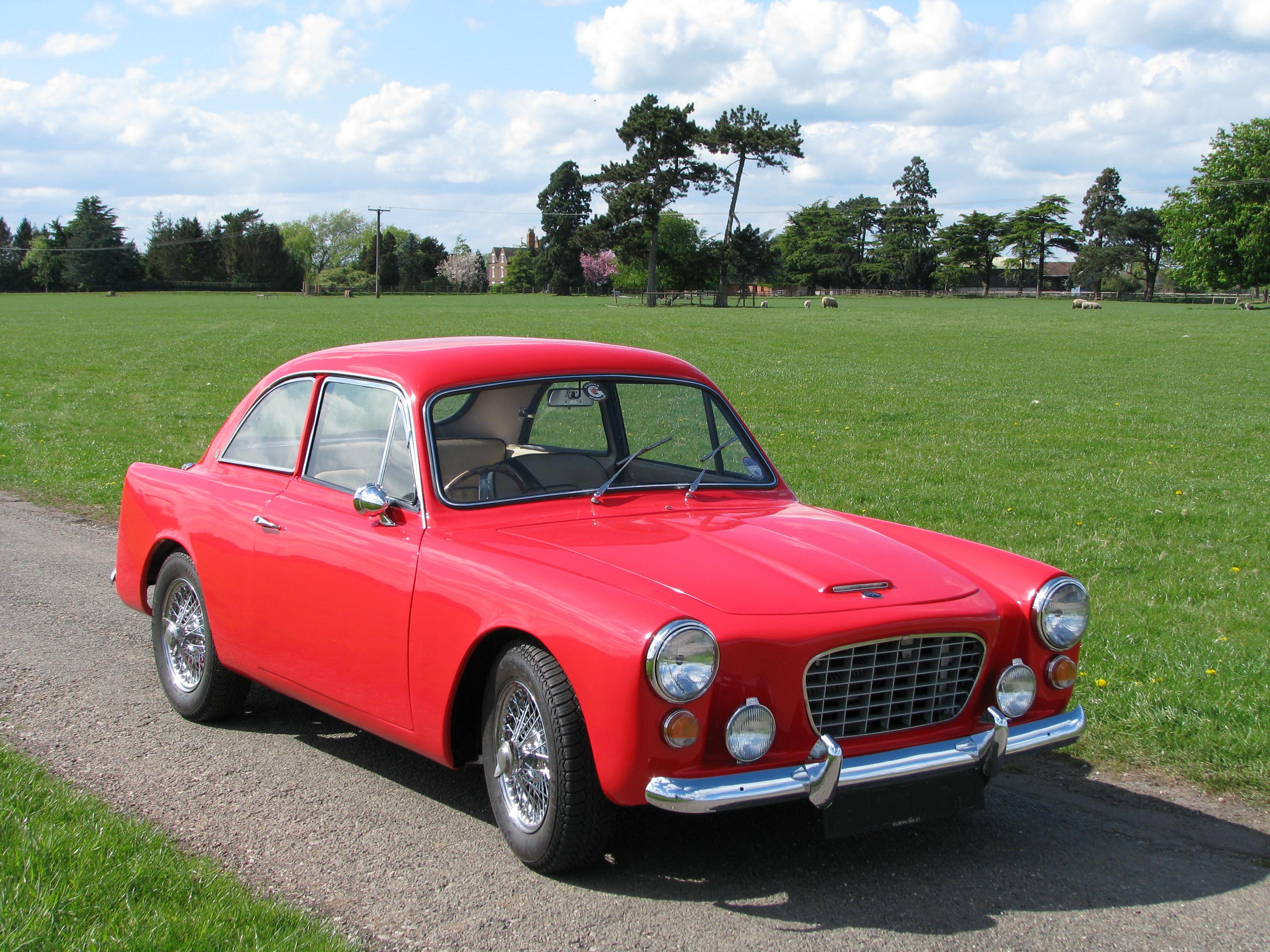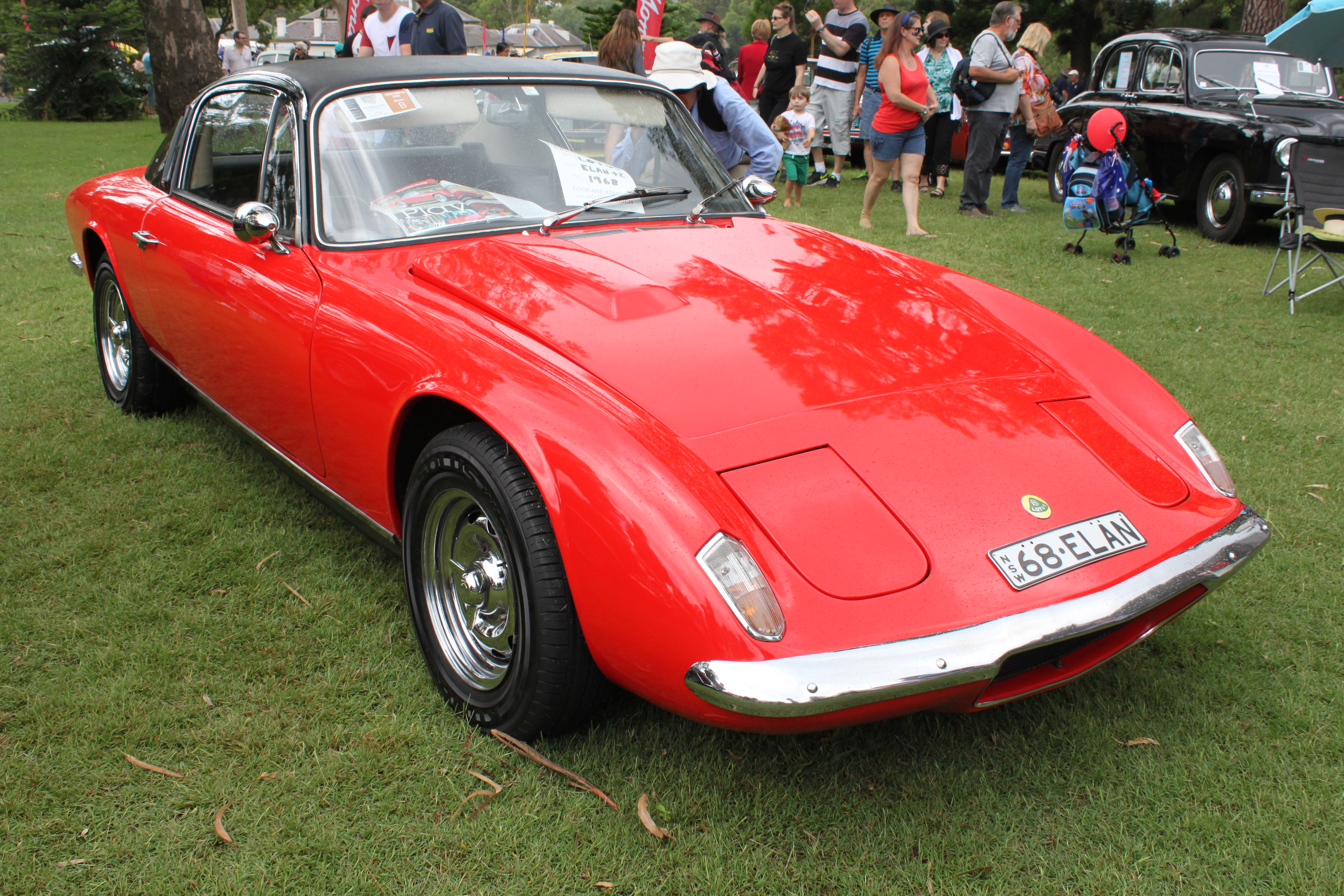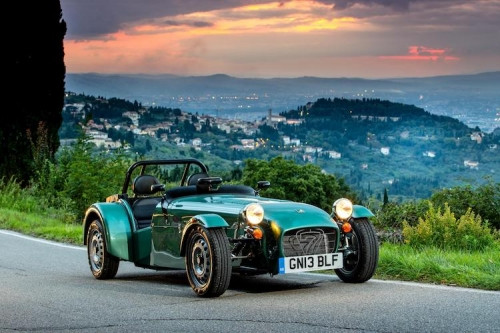There’s a sports car to suit every kind of driver today. Car-makers are keen to make their sportier models easy to use in all driving conditions. And while that might not exactly mean that they’re suitable for the school run, you could certainly countenance running quite a few on a day-to-day commute.
At Oakmere Motor Group though, we’re unashamed to admit that there’s no better way to sample what many of our cars can do than on the fresh tarmac of a racing track!
One question we’re often asked, though, is whether the sports cars of today rival, surpass or are inferior to the classic sports cars of the 1960s. Have the advances which have taken place in automotive technology in the last half-century resulted in cars which, all round, are better to drive than their past brethren?
So, to help answer that, we’ve matched up five of the best sports cars from either end of the last half-century, and hopefully these will show the main reasons why they were, or are, regarded so highly. These teams of cars will go to battle now and at the end, we’ll provide our verdict on which we think is the winner!
So, let’s wheel on our first contender from 1966, and let battle commence:
THE SWEET SIXTIES
Gilbern GT 1800

Arguably the best sports car to come out of Wales, the Gilbern was originally conceived to be sold in kit form only, to enable owners to get around paying purchase tax. A glass fibre body was mounted on a frame from BMC, which also supplied many of the mechanical bits.
A supercharger boosted the power from an otherwise pretty weedy engine by 60 per cent, but the car only really realised its true potential after 1963, when it was offered with a 1,798cc MGB engine. Blurring the lines between the sometimes derogatory term ‘kit car’ and a fully pre-assembled model, the GT 1800 was supplied painted, wired and trimmed, with the owner having to fit the engine and gearbox, back axle, wheels, exhaust system and various minor trim components. Although this task could be completed in a weekend, some took six weeks, it’s claimed.
Jaguar E-Type
One sports car from the 1960s most people will recognise - the author certainly remembers seeing pictures of George Best proudly leaning on the bonnet of his E-Type. Widely regarded as one of the most beautiful cars ever created, it acquired a legion of owners and fans from all walks of life.
The long bonnet certainly made a statement, hinting at the power of the V12 engine which lay beneath. But the E-Type scored by offering a feeling of total stability, which means the driver has to expend a fair amount of effort to keep it on the move. Yet it’s comfortable and civilised, hence why it has remained, in many people’s eyes, a sports car for the people.
Triumph TR5/TR250
Often overlooked and certainly not as fondly remembered as its successor, the TR6, the real star of the piece is the straight-six cylinder engine which gave the car “exceptional pace for its day”.
It was also pretty civilised by the standards of the day, and, when even Autocar at the time summed up the TR5 as “expensive but enjoyable”, you could see why
Classiccars4sale.net says: “There’s very little that’s bad to say about a TR5 if you like your sports cars hairy-chested and old-school.” A lower-powered version, the TR250, was produced to satisfy stricter American emissions regulations, but proved even more successful than the pure-bred TR5.
Lotus Elan

No list of classic sports cars of the era is complete without mention of the much-loved Elan. HonestJohn.co.uk reckons this car achieved the near-impossible, by improving on the Elite which preceded it.
All-round independent suspension gave the Elan a solid foundation, and while the fibreglass body suffered from variable finish quality, it was all about this car’s performance and handling - and Honest John reckons Lotus achieved this handsomely, making the Elan “a lightweight sports car against whose handling all others would be measured for decades.”
Sunbeam Tiger

Carroll Shelby’s presence is all over this car too. The Tiger grew out of the Sunbeam Alpine, when owner Rootes wanted to beef up the car so it could go head-to-head with the MGB V8. It called in Shelby, and racing driver turned engineer Jack Brabham, to help.
This enticing collaboration resulted in a car which achieved massive sales in the US, Shelby coming up with the masterstroke of dropping a 4.2-litre Ford V8 engine onto the chassis. But the writing was on the wall when, in 1965, Chrysler took a large stake in Sunbeam, and couldn’t countenance Ford taking some of the glory for the Tiger. It re-emerged in 1967 with a 4.7-litre Ford engine, intended for export, and with just 10 right-hand drive models ever made.
Now let’s skip forward 50 years, and pick out the choice sports cars of the current era:
AM - AFTER MILLENNIUM
Mazda MX-5

Not many people who know about cars will have anything but good words for this cute little roadster. Remarkably in production since 1989, it’s been revised heavily over the years, but the basic recipe remains constant - a lightweight two-seater with a front-mounted engine and rear-wheel drive, Mazda’s engineers have delighted in keeping things simple, and in ensuring that, even for a car with a modest 1.5-litre engine producing 129bhp, drivers can get truly immersed in it. Top Gear magazine hit the nail on the head when it described the car as “a complete sweetie”.
Caterham Seven

OK, perhaps this one is cheating slightly. The Caterham is the only car on our list which straddles the full half-century timespan of this feature. But we’ve slotted it into the latter half here as a tribute to its longevity.
There’s also the fact that even today, it represents a type of car which makes few concessions to the niceties most people have come to expect from car-makers in the 21st century. And what continues to impress many, including the Autocar reviewers, is how Caterham has stuck to its guns, meaning “no other car on sale today at the same price delivers the same pared-back driving experience.”
McLaren 570S

No one upholds the British corner in the rarefied world of supercars more admirably than McLaren. The P1 laid down a marker as the best driver’s car in the world, but the the 570S takes that template and, reckons Autocar, adds extra civilisation, great fit-out quality and more civilised road manners.
But for all the superlatives, McLaren is in the business of producing cars which will find an audience among buyers who are used to travelling in first-class comfort - so it’s no surprise that it’s far removed from the stripped-back pretenders in the same market five decades ago.
Ford Mustang GT V8

There was palpable excitement at the prospect of this great motoring name in the build-up to the 2016 car’s launch. But what was getting the motoring writers hot under the collar wasn’t finding out how Ford had brought it up-to-date for the 21st century, but how it matched up to the classic, original mid-sixties ‘muscle car’.
Ford certainly lost its way with the original Mustang in the mid-1970s, but could justifiably blame the oil crisis of the time, and consequent doubling in the price of a gallon for its change of focus. The modern Mustang goes back to the past - to the delight of CAR magazine journos, who revelled in its soundtrack, but noted that the cockpit was “handsome if clearly built-to-a-price” - in a way suggesting that such a thing might have been capable of being overlooked in earlier generations, but can be more of a deal-breaker these days.
Audi R8

A supercar wearing a four-rings Audi badge? You could have been forgiven for thinking there could never be such a thing before the original R8 burst onto the scene in 2006. But the design team behind it clearly wanted to give its baby real presence, and possibly finally create a rival to the Porsche 911.
Audi’s lauded Quattro four-wheel drive lies at the heart of the R8’s capabilities, resulting in a car which, when combined with an old school V10 normally-aspirated engine, results in what Evo magazine called “one of the most thrilling performance car engines at any price point.”
THE VERDICT
It’s always a tough call when you’re comparing one generation of cars with another and trying to pick a winner. But here it is: we think that the cars of today are streets ahead of their earlier brethren.
We believe this because, first and foremost, the technology genie has been too long out of the bottle for most of us to really relish going back to basics.
The array of electronic driving aids at our disposal, and the undoubted safety benefits they bring, mean in 2017 a sports car is as much about a smooth and powerful ride as it is raw passion.
Yes, give us a series of quiet country roads, or, better still, a racetrack, and we’ll happily floor the accelerator and enjoy the challenge of keeping all the power at our disposal reined in. But that said, we want to reach our journey's’ end still feeling composed and ready to take on the world.
That isn’t to say that the sporting challengers from past eras don’t have their merits; it’s just that today’s breed is more sophisticated, easier to live with, and more accessible for more people.
However, where we would definitely like to step back in time is in terms of letting our modern cars loose on the roads of the 1960s. With fewer cars around in general, it’d make it easier to exploit the full capabilities of many of them - not to mention be able to fill up with petrol at pre-1973 oil crisis prices!
Now that’s the dream!
Over to you - are you an old-school thrills driver, or do you think more modern sports cars, with their greater technical sophistication, make the perfect driving recipe? We’d love to hear your thoughts via our Facebook page.
